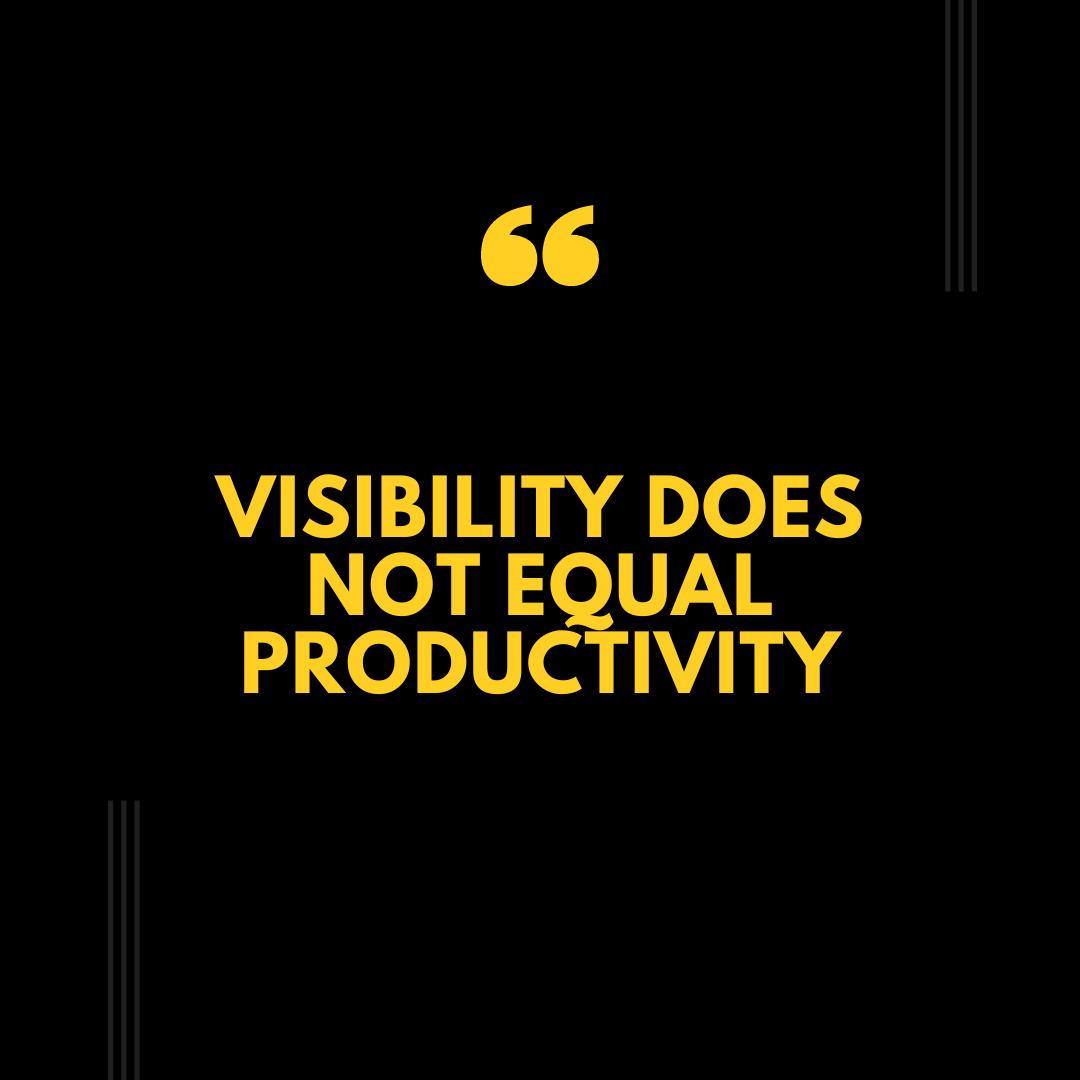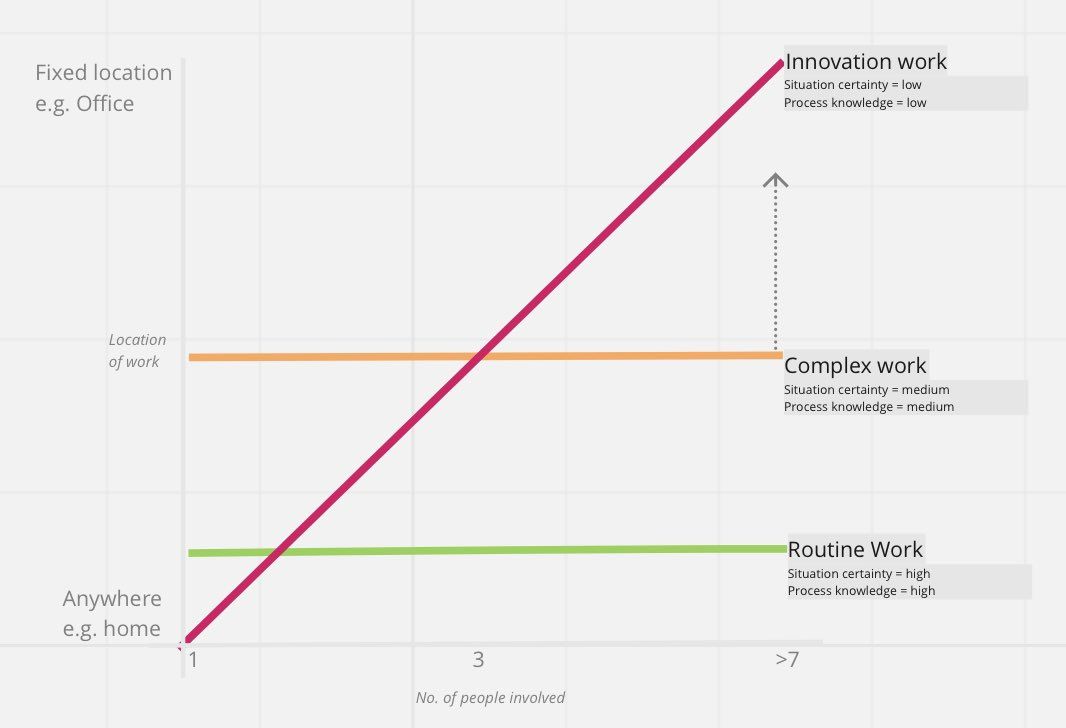How MSPs Must Adapt To WFH
The pandemic has changed work forever. I have long maintained that being present in the office is an ineffective way to measure productivity. Managers who insisted on seeing their staff at their desks struggled with the transition to a work-from-home (WFH) model. Their dependence on visibility was a false metric.
The IT industry was temporarily sheltered from the great resignation—or as I prefer, the great reshuffling. However, that reprieve is ending, and many IT organizations are starting to see workers leave. The labor market remains tight, with pre-pandemic unemployment at an all-time low of 4% and technology roles at -6%.
Ignoring the WFH trend is risky. The ability to work from home is now a crucial perk that most staff demand. Not offering this flexibility increases the risk of losing employees, as evidenced by a poll indicating that 40% of US workers would choose to quit rather than return to the office full time.
Talk To Staff
Here are some tips for your company to better understand what your staff desire in their work structure and flexibility.
Here are some tips for understanding what your staff desires in their work structure:
Collect Staff Feedback: Gather input on return-to-office policies. Knowing preferences helps guide decisions.
Be Patient: Allow time for staff to reacclimate to office life. Gradually increase office time based on business needs.
See the Whole Person: Recognize employees have lives outside work. Flexibility can be a powerful retention tool.
Build Your Bench As the talent war escalates, be prepared for competition. Many companies are hiring regardless of geographic restrictions, making it crucial to have a strong team in place.
It's about to get even tougher to compete for talent in the industry and everyone needs to prepare for the escalating talent war.
Outsource What You Can
The work-from-home (WFH) experience has accelerated the opportunities for MSPs to outsource certain functions of their operations.
It’s interesting to note that many MSPs are resistant to outsourcing their helpdesk functions to third parties. For the same reasons that customers choose to outsource their IT needs to MSPs, it can also make sense for MSPs to outsource helpdesk support. However, I often encounter owners who are hesitant about this option. Some have had negative experiences in the past, while others draw from their own challenging interactions with offshore support teams from various vendors.
While it’s true that outsourcing your helpdesk carries some risks—after all, it’s the primary point of contact between your company and the users you support—it’s perfectly reasonable to be protective of this interaction to ensure clients receive high-quality service.
If you’re considering outsourcing to a third-party helpdesk, here are some key points to keep in mind:
Documentation
Having comprehensive systems and process documentation in place is crucial. Without this, your third-party helpdesk could become little more than an expensive call-answering service that escalates every issue back to you.
Ongoing Management
Regardless of whether you outsource to a master MSP (such as GMS, Uptime, or Continuum) or hire contractors, management is still required. You can’t simply pay someone else to handle the work and assume it will be executed well without your input or feedback.
You need to proactively invest time in coaching the helpdesk team on process improvements, client experience, and ticket handling. While outsourcing alleviates some of the burdens of hiring and certain HR responsibilities, it does not eliminate the need for you to actively manage this extension of your team to ensure your standards of client service are upheld.
You still need to be local
Despite the growing trend toward remote work, there remains a significant amount of work that must be done onsite or in the office. Having a local presence continues to provide valuable benefits, especially in roles such as account management and business development.
Additionally, many MSPs still require staff to receive equipment, build workstations, and install technology at client sites. While some of this local work can be outsourced to third-party contractors, the majority of MSPs choose to insource these tasks to maintain quality and control.
“People buy from people.”
"People buy from people is a true adage. Once you have a stable and predictable service delivery department, focusing on account management should be a strong focus for your organization. This is a part of the business that is much more difficult to outsource and in many cases do remotely.
Complexity of work influences work location
There is a great graphic representing some work by Amy Edmonson. The graphic represents how you should think about where work gets done relative to the complexity of the work.
Routine work with established processes can generally be performed from anywhere. For instance, does your support desk staff need to be physically present in the office to triage and close service tickets? Not at all. With the right technology in place, this work can be accomplished remotely.
On the other hand, complex tasks that require collaboration among multiple people or lack a defined process often benefit from in-person interaction. For example, strategic planning sessions with a group of ten people are much more effective when conducted face-to-face. While remote meetings can be productive, the physical presence of team members can enhance the overall experience.
There isn’t a one-size-fits-all rule for determining which tasks must be done in person, but this framework helps organizations consider when in-person collaboration is truly necessary.
A particularly relevant area for MSPs is workstation and laptop deployment. This can be challenging to manage without staff on-site to receive, build, and ship equipment. However, there are ways to streamline this process beyond traditional methods. One approach is to have your distributor pre-seed workstations and laptops with a base image that automatically configures itself and connects to your Remote Monitoring and Management (RMM) tool. From there, the RMM can run scripts to complete the asset setup.
While this level of automation may seem advanced, it’s entirely feasible. A more sophisticated option involves leveraging Intune and Autopilot for a modern deployment of workstations and laptops.
That said, it’s still important to establish clear expectations for some team members to be present in the office for specific activities related to equipment deployment.
Pay appropriately
While money is a factor, people generally won’t leave their jobs solely for a higher salary. Compensation is just one slice of the value pie, and its significance varies from person to person. If employees enjoy their team and are satisfied in their roles, they are less likely to leave for a modest pay increase. However, an offer of 20-50% more could be hard to resist.
Review Pay Bands
Now is a great time to evaluate your pay bands for various roles. Ensure that individuals within the same pay band receive similar compensation. It’s a common misconception that staff don’t discuss salaries; in reality, they often do. If team members are performing well but haven’t seen a salary adjustment in a while, it’s time to address any discrepancies.
Cost of Living Adjustments
With inflation rising sharply, it’s essential to review your staff salaries against industry averages. If you’re paying below the 25th percentile for certain roles, it’s crucial to make adjustments to prevent talent loss when competitors offer significantly higher salaries.
If you haven’t implemented cost of living adjustments (COLA) recently, now is the time to consider this. A 2-3% annual increase is manageable, but when costs skyrocket by 10-15% in a short period, it demands immediate action.
Managing Performance in a Hybrid Work Environment
Managing in a work-from-home (WFH) environment isn’t fundamentally different from managing in-person staff. As we’ve established, measuring productivity based on hours at a desk is not effective.
The key to effective management is straightforward, though not necessarily easy.
Communicate Expectations
The first critical step in performance management is clear communication of expectations. This step is often overlooked. Managers may assume staff understand what is expected of them, but this is frequently not the case. Don’t leave this to chance; have clear conversations and document what “good” looks like for each role through role scorecards.
Measure Objectively on Controllable Factors
Once you have defined the KPIs for each position, measure those KPIs and discuss them regularly with staff. It’s important that these metrics are objective and within the employee's control. Telling someone they are “underperforming” is subjective; they may equate effort with results. If an employee feels they are working hard but isn’t meeting expectations, it can create a toxic situation.
Instead, focus on agreed-upon metrics, such as the expectation of closing 40 tickets per week. If they only closed 15, this is a clear issue within their control. Initially, you may need to help remove roadblocks preventing them from meeting their targets, but over time, it will become evident whether adjustments to expectations are needed or if the employee is simply not applying themselves.
Conclusion
Working from home (WFH) has become the new standard, offering a work benefit that the majority of employees appreciate. This shift brings numerous advantages for organizations, such as removing geographic hiring barriers, reducing office space costs, and accelerating clients’ adoption of digital technologies. However, these benefits come with their own set of challenges.
The competition for talent is now truly global, making it essential to attract and retain skilled professionals. Additionally, maintaining a strong company culture in a distributed environment is no easy feat. Moreover, guiding clients through technology adoption requires significant effort and resources.
MSPs that embrace these changes will likely experience increased employee retention and a steady project pipeline. Conversely, those who resist this trend and cling to outdated practices may face higher attrition rates among both talent and clients. The traditional office models we once relied on no longer apply in this new landscape.
In the rapidly evolving technology industry, where the shelf life of solutions is often just six months, adaptability is crucial. While changes in management practices may not always mirror technological advancements, the current landscape demands a shift. The world is transforming, and it’s imperative for businesses to evolve alongside it—otherwise, they risk being left behind.








